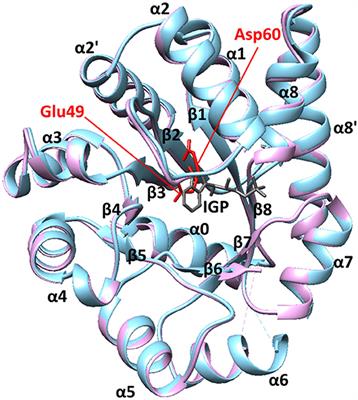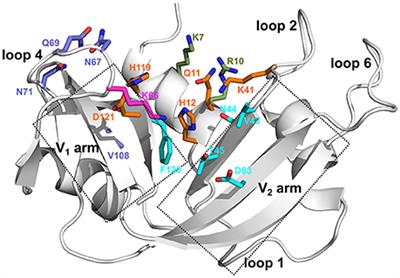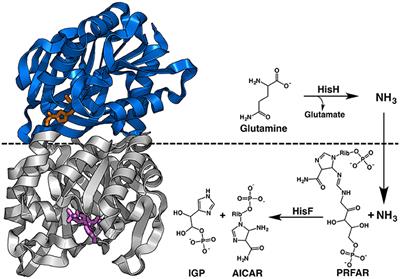ORIGINAL RESEARCH
Published on 13 Nov 2018
Conformational Change Induced by Putidaredoxin Binding to Ferrous CO-ligated Cytochrome P450cam Characterized by 2D IR Spectroscopy

doi 10.3389/fmolb.2018.00094
- 2,208 views
- 7 citations
4,629
Total downloads
26k
Total views and downloads
ORIGINAL RESEARCH
Published on 13 Nov 2018

ORIGINAL RESEARCH
Published on 08 Nov 2018

HYPOTHESIS AND THEORY
Published on 13 Jul 2018

ORIGINAL RESEARCH
Published on 12 Jun 2018

REVIEW
Published on 25 May 2018

ORIGINAL RESEARCH
Published on 06 Feb 2018
